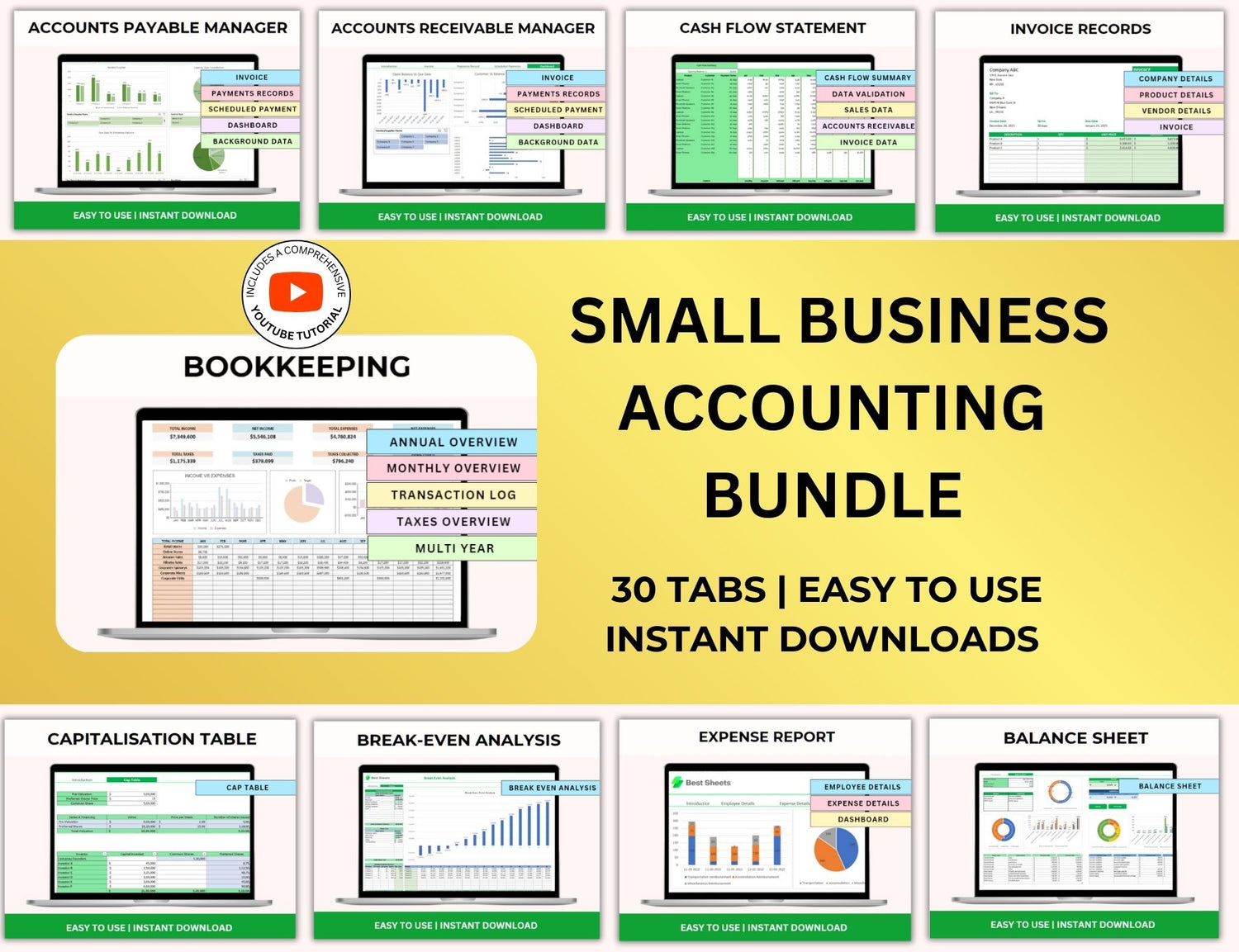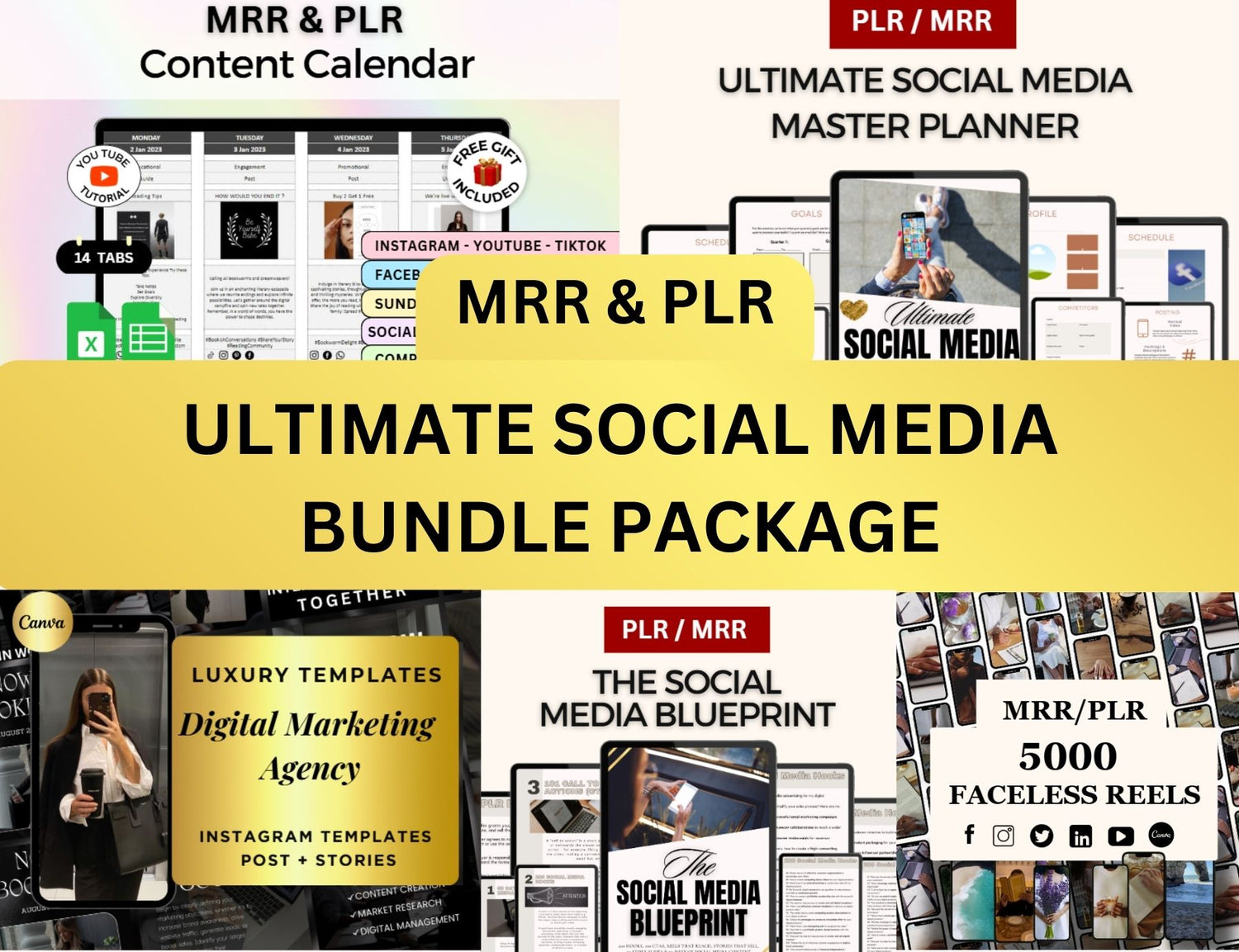Digital Dropshipping Explained: How to Sell Digital Products Without Creating Them
There’s a weird moment, usually late at night, when you’re lying in bed—maybe you’ve just finished doomscrolling or watching a video essay about passive income—and you start to wonder: could I actually make money online? Not in a vague, wishful way, but for real. Like, bring-in-extra-cash kind of real.
And then you hear about people selling digital products. But not just any digital products—ones they didn’t even create themselves.
Honestly, that part is what throws most people off.
How can you sell something you didn’t make? Is that even allowed? Isn’t that some sort of gray area? The answer is, surprisingly, no. It’s not illegal. In fact, it’s an actual business model—completely legitimate—and people are quietly building entire side hustles (and occasionally full-time incomes) this way.
It’s called digital dropshipping. And it’s... maybe not quite what you think.
What Is Digital Dropshipping?
At its core, digital dropshipping is pretty simple. You sell digital products—ebooks, templates, online courses, budgeting tools, things like that—but you don’t create them, and you don’t fulfill the orders manually. Everything’s automated.
There’s no warehouse. No inventory. No packing slips or shipping nightmares. The whole thing happens online.
What makes this even more interesting is that the products you're selling can be downloaded endlessly. Once they’re made, they don’t run out. You sell one copy or a hundred—it doesn’t really make a difference, at least not from a logistics standpoint.
And here’s where the magic happens: you don’t have to be the creator. Many digital products come with something called "master resell rights" (MRR). This means someone else made the product, and they’re giving you the legal right to resell it. Sometimes you can even resell the resell rights themselves, so it's kind of like handing people the ability to launch their own side hustle using the same tools.
It’s a layered system, a bit like Russian nesting dolls—but for money.
So, You're Not Creating Anything?
Not necessarily. If you're creative and you want to make your own ebooks or spreadsheets, that's great. But the appeal of digital dropshipping is that you don’t have to.
You can start with a ready-made product. Something you purchase from a creator or platform that offers MRR. One example: PLR Duck offers downloadable budget spreadsheets with full master resell rights. If you’re someone who’s going through a rough financial patch—or even just looking for a stress-free way to bring in extra income—having a plug-and-play product like that can be a low-barrier way to get started.
There's a strange kind of relief in knowing you don’t have to be the expert. You don’t need a big idea or a background in design. You just need to get a useful product into the hands of someone who wants it. That’s it.
Okay, But How Do You Start?
This part always feels like the biggest wall to climb, even though it's not always that high. Getting started can be broken into a handful of steps, most of them simpler than you'd expect.
1. Choose a Niche
It sounds obvious, but many people skip it or pick too broadly. If you try to sell everything to everyone, you end up reaching no one. Narrow is better.
Let’s say you’re interested in finance, or even just basic budgeting. That’s a niche. And within that niche, you can go even more specific—budgeting for couples, students, freelancers, single parents, etc. These micro-niches tend to work better because they speak directly to someone’s real, lived experience.
Also, people are much more likely to buy something if it feels like it was made just for them. That’s true whether you're selling budget templates or gluten-free baking guides.
2. Find a Product With Resell Rights
You’ll want to make sure you’re buying from a legitimate source. Look for platforms that clearly state what kind of license is included—MRR, PLR, or commercial use.
PLR Duck’s budget spreadsheets, for instance, come with master resell rights and are focused on helping people organize their money better. That’s something almost everyone is thinking about these days, in one way or another.
Not every MRR product is high quality, though. Some are dated or poorly designed, so you’ll want to go through it first. Imagine being the customer—would you feel like it was worth the price? If not, keep looking.
3. Set Up a Storefront
This can be as simple or complex as you want it to be. There are platforms designed specifically for selling digital products, like:
- Gumroad
- Payhip
- Stan Store
- Shopify
Each has its pros and cons. Some charge fees, some take a percentage of each sale, and some let you get started with no upfront cost. I’ve seen people launch entire stores with just a Gumroad account and a single Canva-made sales page.
If the tech side freaks you out, go with something simple first. You can always upgrade later.
4. Link a Payment Processor
Again, this is mostly automatic. Stripe and PayPal are the most common. Just make sure it’s connected properly and you’ve got a way to withdraw your funds.
That moment when you get your first sale notification—there’s nothing like it. Even if it’s just $10. Especially if it’s just $10.
5. Promote It (Gently)
Promotion is where a lot of people freeze up. The idea of "marketing" feels overwhelming, like you need to become a personal brand or post dance videos on Instagram.
But promotion is just communication. It’s telling people what you have, why it helps, and where to get it.
You can:
- Write a blog post or Medium article
- Share on Pinterest using keywords like "budget spreadsheet printable"
- Record a short TikTok or YouTube Short walking through the product
- Post in relevant Facebook groups (but offer real value—don’t spam)
Think of it more like recommending something useful to a friend than pitching a sale.
Who's This Actually For?
This part matters more than people think.
Digital dropshipping works best for people who want a low-risk, low-effort side hustle—not because they’re lazy, but because they’re already maxed out. Maybe you’re working full-time and exhausted. Maybe you’re a parent trying to scrape together extra cash between school runs. Or maybe you're just burned out from other online money-making ideas that never really clicked.
It’s for people who want a little more breathing room.
And yes, it can grow into something bigger. But even if it doesn’t, it’s a real thing. You’re providing value, not just flipping stuff for profit.
Is It Too Saturated?
It can feel that way. Type "digital planner" into Etsy and you'll see thousands of results. It’s easy to assume you’re too late.
But people forget something important: saturation usually means demand. If there are a million budget spreadsheets being sold, that means people are buying them.
The trick—if there is one—is to niche down and/or add a twist. Maybe you include a video tutorial. Maybe you bundle it with a bonus checklist. Maybe you just explain it in a clearer, more relatable way than the next person.
That alone can make your product stand out.
Also, humans are weirdly loyal to personalities. If you show up consistently—even just a little—people will gravitate toward your version over someone else’s. Not always, but often enough.
What About the Downsides?
There are a few. It wouldn’t be honest not to mention them.
- You’re not building a brand in the traditional sense. Unless you personalize or expand, you’re mostly just reselling.
- You have to do your own marketing. There’s no built-in audience.
- Some products are poor quality. That’s on you to vet.
Also, it takes a bit of upfront time. It’s not truly passive until you’ve set things up. And even then, you’ll probably tweak and adjust along the way.
But if you think of it as planting seeds rather than buying a lottery ticket, the effort starts to feel more... worthwhile.
A Quick (and Slightly Personal) Tangent
There was this week—I think it was late 2022—when I hit a wall financially. Nothing dramatic. Just a slow build-up of expenses, a few surprise bills, and the creeping realization that my full-time job wasn’t enough.
I tried surveys. I tried selling old clothes. I even toyed with the idea of starting a YouTube channel, but the idea of filming myself gave me anxiety.
Then I stumbled across a budget spreadsheet with resell rights. It wasn’t flashy. Just a clean, well-organized template.
I set up a Gumroad page and posted a walkthrough video on TikTok. It got 300 views. One person bought it.
That one sale made me $17. It wasn’t the money—it was the proof. Something shifted. Suddenly this wasn’t just a theory. It was real.
Wrapping Up (Sort Of)
Digital dropshipping isn’t magic. It’s not effortless, and it’s not going to replace a full-time income overnight. But it can be a simple, repeatable, scalable way to start earning money online.
Especially if you’re selling quality digital products that solve real problems. Even more so if you’re doing it legally, with proper master resell rights, and not just ripping PDFs off Google.
And maybe—just maybe—it’s something you can stick with. Build on. Expand into something more personal over time.
If you’re stuck financially or simply need a side hustle that doesn’t feel like another job, consider starting with something simple, like these budget spreadsheets with master resell rights. It’s not a get-rich-quick scheme. But it’s a beginning. And sometimes, that’s all you really need.











